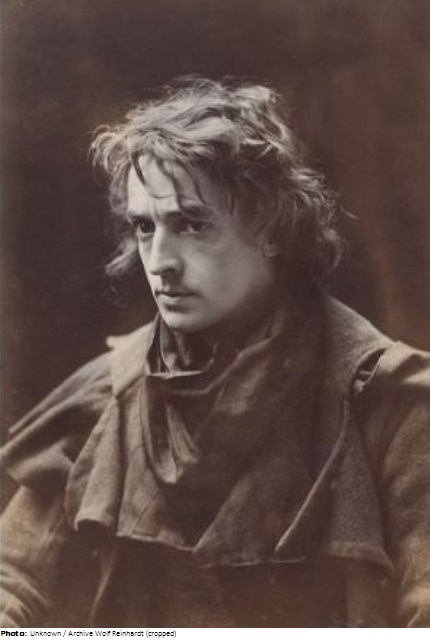John Lavery

Biographical information
| Roles | Competed in Olympic Games • Referee |
|---|---|
| Sex | Male |
| Full name | John•Lavery |
| Used name | John•Lavery |
| Born | 20 March 1856 in Belfast, Northern Ireland (GBR) |
| Died | 10 January 1941 (aged 84 years 9 months 21 days) in Rossenarra, Kilmoganny, Kilkenny (IRL) |
| Title(s) | Sir |
| NOC |  Great Britain Great Britain  Ireland Ireland |
Biography
Sir John Lavery was an Irish-born Scottish painter of portraits and landscapes. In the early 1880s he joined the Académie Julian at Paris but returned to Glasgow in 1888, where he was associated with the Glasgow School. A car accident during a bombing raid prevented him from an active role in WWI. His paintings during that time were dominated by boats, airships and plane motifs. After being knighted in 1913 he was elected to the Royal Academy in 1921. He participated in three consecutive Olympic Games in the Art Competitions: 1924 (representing Ireland), and 1928 and 1932 (representing Great Britain).
He and his second wife Hazel Martyn, also an artist later appearing on the banknotes of the Republic of Ireland, were involved in the Irish War of Independence and the Irish Civil War, as they had Irish roots. In the 1930s he returned to Ireland where he received honorary degrees from both the University of Dublin and the University of Belfast.
Lavery finished the nearly life-size painting Stephen Donoghue in the King’s Colours in 1923 (oil on canvas, 181 x 103 cm) and apparently submitted it to the Olympic art competitions in both 1924 and 1928. In the early 1920s, he created a series of oil paintings in the milieu of horse racing and jockeys. These included Weighing Room, Hurst Park of 1924, in which apparently Donoghue is also depicted being weighed. The other figures were also well-known jockeys of the time. Hurst Park, the racecourse at West Molesey in Surrey closed in 1962.
In 1931 Lavery painted the portrait of the Earl of Lonsdale K. G. in oil on canvas (66 x 42 cm). The painter described him as “the best paintable – not to say best dressed – Englishman I knew”. The painting had been commissioned by the city of Doncester, which the Earl had championed for development. Immediately afterwards, Lavery produced another portrait of the Earl, but in civilian clothes, free from the constraints of an official portrait. A completely different painting is Schooling the Pony (oil on canvas, 77 x 103 cm), painted in 1929, when Lavery was strongly concerned with horse themes. This was already evidenced by the works submitted in 1928. The painting was acquired in 1935 by Touchstones Rochdale Museum in Manchester.
Results
| Games | Discipline (Sport) / Event | NOC / Team | Pos | Medal | As | |
|---|---|---|---|---|---|---|
| 1924 Summer Olympics | Art Competitions |  IRL IRL |
John Lavery | |||
| Painting, Open (Olympic) | ||||||
| 1928 Summer Olympics | Art Competitions |  GBR GBR |
John Lavery | |||
| Painting, Paintings, Open (Olympic) | ||||||
| Painting, Paintings, Open (Olympic) | ||||||
| 1932 Summer Olympics | Art Competitions |  GBR GBR |
John Lavery | |||
| Painting, Paintings, Open (Olympic) | ||||||
| Painting, Paintings, Open (Olympic) |
Referee
| Games | Sport (Discipline) / Event | NOC / Team | Phase | Unit | Role | As | |
|---|---|---|---|---|---|---|---|
| 1924 Summer Olympics | Art Competitions |  IRL IRL |
John Lavery | ||||
| Painting, Open (Olympic) | Final Standings | Judge |
List mentions
- Listed in Olympian Members of the Nobility (Sir)